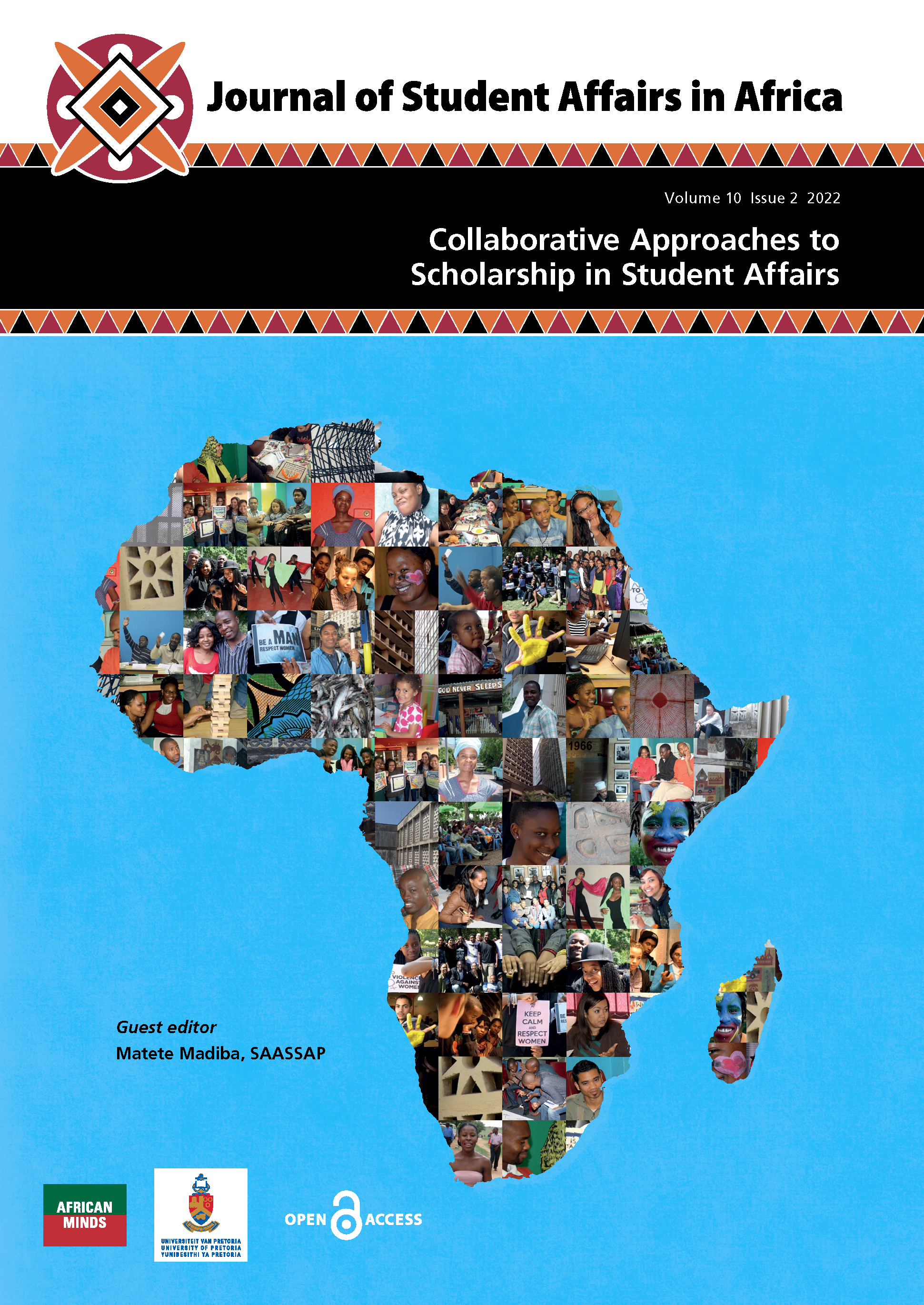Profiling students at risk of dropout at a university in South Africa
DOI:
https://doi.org/10.24085/jsaa.v10i2.4077Keywords:
Data mining, student dropout, weight of evidence, information value, risk profileAbstract
Background: Higher education authorities continue to be concerned about dropout rates among university students. Dropping out affects cost efficiency and tarnishes the reputation of the institution. As a result, profiling at risk student of dropout is crucial.
Purpose: To build a profile of students at risk of dropout using administrative university data.
Methods: The researcher employed a data mining technique in which predictors were chosen based on their weight of evidence (WOE) and information value (IV). The chosen predictors were then used to build a profile of students at risk of dropout.
Findings: According to the findings, the student is at risk if was born in the years 1931 to 1967 or 1994 to 2001; fails more than four modules in a year with a participation average mark of 43percent or less; and has joined the university in the second academic year.
Conclusions: This study concludes that matric scores had no bearing on the chance of a student dropping out for the cohorts of students who attended the institution between 2008 and 2018. However, the variables number of modules failed, participation average marks, entry level and year of birth had a bearing for building a profile for the students at risk of dropout for the cohorts of students who attended the institution between 2008 and 2018.
Downloads
Published
Issue
Section
License
Copyright (c) 2022 Ratoeba Piet Ntema

This work is licensed under a Creative Commons Attribution-NonCommercial-ShareAlike 4.0 International License.
Authors who publish with this journal agree to the following terms:
Authors retain copyright and grant the journal right of first publication with the work simultaneously licensed under the Creative Commons Attribution Share-alike 4.0 International License that allows others to share the work with an acknowledgement of the work's authorship and initial publication in this journal.
Authors are able to enter into separate, additional contractual arrangements for the non-exclusive distribution of the journal's published version of the work (e.g., post it to an institutional repository or publish it in a book), with an acknowledgement of its initial publication in this journal.
Authors are permitted and encouraged to post their work online (e.g., in institutional repositories or on their website) prior to and during the submission process, as it can lead to productive exchanges, as well as earlier and greater citation of published work (See: The Effect of Open Access).


